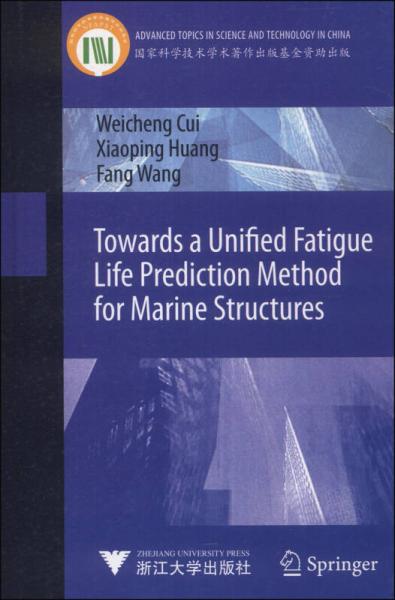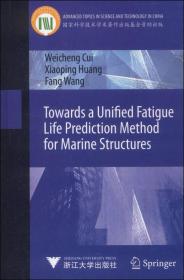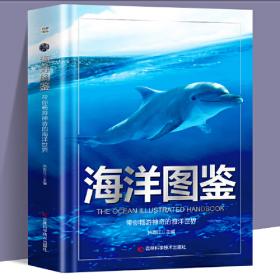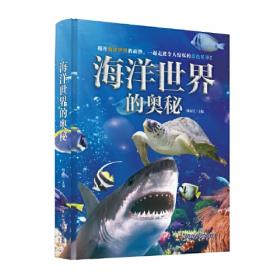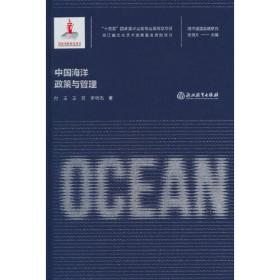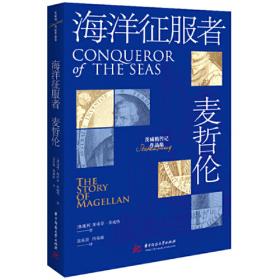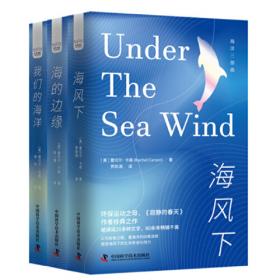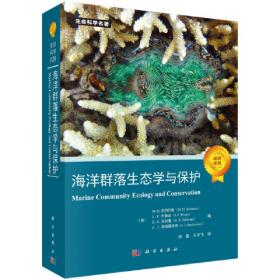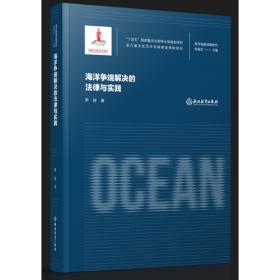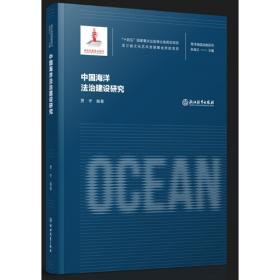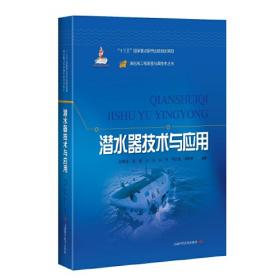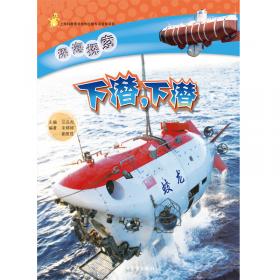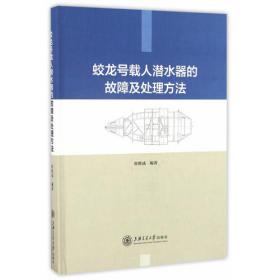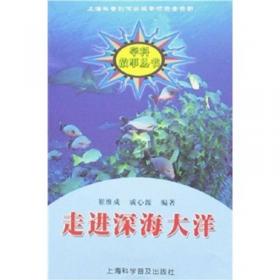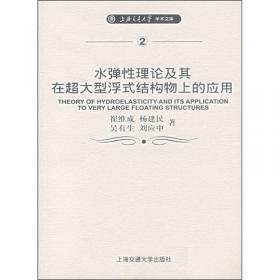海洋结构物疲劳寿命预报的统一方法
出版时间:
2013-11
版次:
1
ISBN:
9787308104500
定价:
150.00
装帧:
精装
开本:
16开
纸张:
胶版纸
页数:
281页
字数:
559千字
正文语种:
英语
-
Inordertoapplythedamagetolerancedesignphilosophytodesignmarinestructures,accuratepredictionoffatiguecrackgrowthunderserviceconditionsisrequired.Now,moreandmorepeoplehaverealizedthatonlyafatiguelifepredictionmethodbasedonfatiguecrackpropagation(FCP)theoryhasthepotentialtoexplainvariousfatiguephenomenaobserved.Inthisbook,theissuesleadingtowardsthedevelopmentofaunifiedfatiguelifeprediction(UFLP)methodbasedonFCPtheoryareaddressed.BasedonthephilosophyoftheUFLPmethod,thecurrentinconsistencybetweenfatiguedesignandinspectionofmarinestructurescouldberesolved.
Thisbookpresentsthestate-of-the-artandrecentadvances,includingthosebytheauthors,infatiguestudies.Itisdesignedtoleadthefuturedirectionsandtoprovideausefultoolinmanypracticalapplications.Itisintendedtoaddresstoengineers,navalarchitects,researchstaff,professionalsandgraduatesengagedinfatiguepreventiondesignandsurveyofmarinestructures,infatiguestudiesofmaterialsandstructures,inexperimentallaboratoryresearch,inplanningtherepairandmaintenanceofexistingstructures,andinruledevelopment.Thebookisalsoaneffectweeducationalaidinnavalarchitecture,marine,civilandmechanicalengineering. Prof. Weicheng Cui is the Dean of Hadal Science and Technology Research Center of Shanghai Ocean University, China. Dr. Xiaoping Huang is an associate professor of School of Naval Architecture, Ocean and Civil Engineering of Shanghai Jiao Tong University, China. Dr. Fang Wang is an associate professor of Hadal Science and Technology Research Center of Shanghai Ocean University, China. 1Introduction
1.1FatigueProblemsinMarineStructures
1.2CurrentPracticesofFatigueStrengthAssessmentsandTheirDeficiencies
1.3HistoricalOverviewofMetalFatigue
1.4FLPMethods
1.4.1CFDTheories
1.4.2FCPTheories
1.5TheLayoutoftheBook
References
2CurrentUnderstandingofFatigueMechanismsofMetals
2.1Introduction
2.2DifferentPhasesoftheFatigueLife
2.3CrackInitiationMechanismsforDifferentMetals
2.3.1DefinitionofaCrackInitiation
2.3.2FatigueCrackInitiationinSlipBands
2.3.3CrackInitiationAlongtheGrainBoundary(GB)
2.3.4CrackInitiationatInclusions
2.3.5SlipBandandDislocationinSingleCrystalMetal
2.3.6SlipBandandDislocationinPolycrystalMetal
2.3.7FatigueMechanismofUltrafine-GrainedMaterials
2.4FCPMechanisms
2.4.1StageⅠFCP
2.4.2StageⅡCrackGrowthandFatigueStriation
2.5SomeImportantIssuesinCrackGrowth
2.5.1ShortCrack
2.5.2CrackClosure.
2.5.3EffectofLoadingSequence
2.5.4SurfaceEffects
2.5.5EnvironmentalEffects
2.6FatigueCrackGrowthMechanismofSmallDefects
2.6.1EngineeringInitialCrackSizeofStructures
2.6.2DefinitionofShortCrackandLongCrack
2.6.3CrackGrowthThresholdandIntrinsicCrackLength
2.6.4EquivalentCrackLengthforShortandLongCrack
2.7Summary
References
3CurrentState-of-the-ArtofUFLP
3.1Introduction
3.2UnifiedApproachforThreeRegionsofFCP
3.3UnifiedApproachtotheStressRatioEffectorMeanStressEffect
3.4UnifiedApproachforLong-andPhysicallyShort-CrackGrowth
3.5UnifiedApproachforInitiationandPropagation
3.6UnifiedApproachforHighandLowCycleFatigue
3.7UnifiedApproachforFatigueandCreep
3.8BasicIdeasofOurUFLPMethod
3.9Summary
References
4BasicConceptsofFractureMechanics
4.1Introduction
4.2TypesofCracks
4.3TypesofOpeningModesforaCrackedBody
4.4SIFs
4.4.1Definition
4.4.2CalculationMethodsofSIFs
4.4.3TypicalExamplesofSIFs
4.4.4PlasticityLimitationsoftheSIFsBasedonLEFM
4.4.5ExtensionsoftheSIFsBasedonLEFM
4.5FractureToughness
4.5.1Definition
4.5.2Testing
4.5.3Trends
4.6CrackTipPlasticity
4.6.1PlasticZoneforPlaneStress
4.6.2PlasticZoneforPlaneStrain
4.6.3PlasticZoneUnderRealStressState
4.7Summary
References
5DevelopmentofaUFLPMethodforMarineStructures
6DescriptionofFatigueLoading
7SomeApplicationsandDemonstrationsofUFLP
8CodeDevelopmentBasedonUFLPforMarineStructures
-
内容简介:
Inordertoapplythedamagetolerancedesignphilosophytodesignmarinestructures,accuratepredictionoffatiguecrackgrowthunderserviceconditionsisrequired.Now,moreandmorepeoplehaverealizedthatonlyafatiguelifepredictionmethodbasedonfatiguecrackpropagation(FCP)theoryhasthepotentialtoexplainvariousfatiguephenomenaobserved.Inthisbook,theissuesleadingtowardsthedevelopmentofaunifiedfatiguelifeprediction(UFLP)methodbasedonFCPtheoryareaddressed.BasedonthephilosophyoftheUFLPmethod,thecurrentinconsistencybetweenfatiguedesignandinspectionofmarinestructurescouldberesolved.
Thisbookpresentsthestate-of-the-artandrecentadvances,includingthosebytheauthors,infatiguestudies.Itisdesignedtoleadthefuturedirectionsandtoprovideausefultoolinmanypracticalapplications.Itisintendedtoaddresstoengineers,navalarchitects,researchstaff,professionalsandgraduatesengagedinfatiguepreventiondesignandsurveyofmarinestructures,infatiguestudiesofmaterialsandstructures,inexperimentallaboratoryresearch,inplanningtherepairandmaintenanceofexistingstructures,andinruledevelopment.Thebookisalsoaneffectweeducationalaidinnavalarchitecture,marine,civilandmechanicalengineering.
-
作者简介:
Prof. Weicheng Cui is the Dean of Hadal Science and Technology Research Center of Shanghai Ocean University, China. Dr. Xiaoping Huang is an associate professor of School of Naval Architecture, Ocean and Civil Engineering of Shanghai Jiao Tong University, China. Dr. Fang Wang is an associate professor of Hadal Science and Technology Research Center of Shanghai Ocean University, China.
-
目录:
1Introduction
1.1FatigueProblemsinMarineStructures
1.2CurrentPracticesofFatigueStrengthAssessmentsandTheirDeficiencies
1.3HistoricalOverviewofMetalFatigue
1.4FLPMethods
1.4.1CFDTheories
1.4.2FCPTheories
1.5TheLayoutoftheBook
References
2CurrentUnderstandingofFatigueMechanismsofMetals
2.1Introduction
2.2DifferentPhasesoftheFatigueLife
2.3CrackInitiationMechanismsforDifferentMetals
2.3.1DefinitionofaCrackInitiation
2.3.2FatigueCrackInitiationinSlipBands
2.3.3CrackInitiationAlongtheGrainBoundary(GB)
2.3.4CrackInitiationatInclusions
2.3.5SlipBandandDislocationinSingleCrystalMetal
2.3.6SlipBandandDislocationinPolycrystalMetal
2.3.7FatigueMechanismofUltrafine-GrainedMaterials
2.4FCPMechanisms
2.4.1StageⅠFCP
2.4.2StageⅡCrackGrowthandFatigueStriation
2.5SomeImportantIssuesinCrackGrowth
2.5.1ShortCrack
2.5.2CrackClosure.
2.5.3EffectofLoadingSequence
2.5.4SurfaceEffects
2.5.5EnvironmentalEffects
2.6FatigueCrackGrowthMechanismofSmallDefects
2.6.1EngineeringInitialCrackSizeofStructures
2.6.2DefinitionofShortCrackandLongCrack
2.6.3CrackGrowthThresholdandIntrinsicCrackLength
2.6.4EquivalentCrackLengthforShortandLongCrack
2.7Summary
References
3CurrentState-of-the-ArtofUFLP
3.1Introduction
3.2UnifiedApproachforThreeRegionsofFCP
3.3UnifiedApproachtotheStressRatioEffectorMeanStressEffect
3.4UnifiedApproachforLong-andPhysicallyShort-CrackGrowth
3.5UnifiedApproachforInitiationandPropagation
3.6UnifiedApproachforHighandLowCycleFatigue
3.7UnifiedApproachforFatigueandCreep
3.8BasicIdeasofOurUFLPMethod
3.9Summary
References
4BasicConceptsofFractureMechanics
4.1Introduction
4.2TypesofCracks
4.3TypesofOpeningModesforaCrackedBody
4.4SIFs
4.4.1Definition
4.4.2CalculationMethodsofSIFs
4.4.3TypicalExamplesofSIFs
4.4.4PlasticityLimitationsoftheSIFsBasedonLEFM
4.4.5ExtensionsoftheSIFsBasedonLEFM
4.5FractureToughness
4.5.1Definition
4.5.2Testing
4.5.3Trends
4.6CrackTipPlasticity
4.6.1PlasticZoneforPlaneStress
4.6.2PlasticZoneforPlaneStrain
4.6.3PlasticZoneUnderRealStressState
4.7Summary
References
5DevelopmentofaUFLPMethodforMarineStructures
6DescriptionofFatigueLoading
7SomeApplicationsandDemonstrationsofUFLP
8CodeDevelopmentBasedonUFLPforMarineStructures
查看详情
-
全新
北京市海淀区
平均发货16小时
成功完成率88.57%
-
九五品
北京市通州区
平均发货33小时
成功完成率84.65%
-
全新
四川省成都市
平均发货22小时
成功完成率91.02%
-
 3
3
八五品
上海市宝山区
平均发货12小时
成功完成率93.56%
-
全新
河北省保定市
平均发货19小时
成功完成率85.39%
-
全新
浙江省杭州市
平均发货14小时
成功完成率95.88%
-
 2
2
全新
上海市浦东新区
平均发货20小时
成功完成率84.52%
-
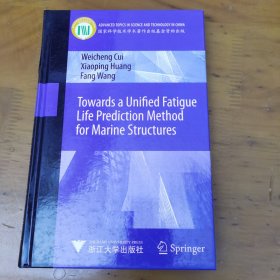 5
5
九五品
安徽省合肥市
平均发货16小时
成功完成率97.56%
-
全新
河北省保定市
平均发货17小时
成功完成率94.63%

 占位居中
占位居中

